Understanding chatbot machine learning – A comprehensive guide
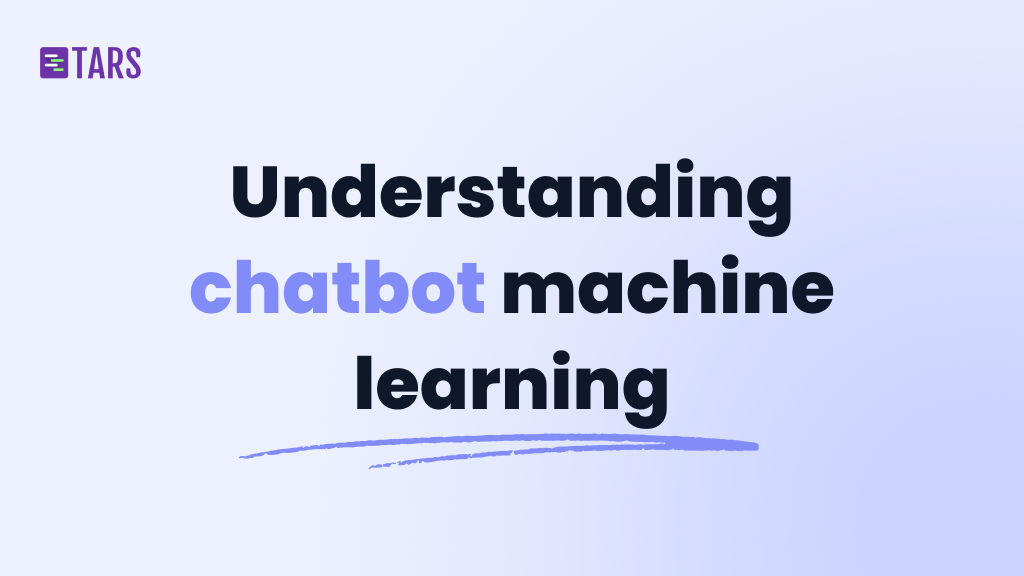
In today’s digital age, chatbots have become an integral part of many online platforms and applications. They provide a convenient and efficient way for businesses to engage with their customers and streamline various processes. Behind the scenes, the intelligence and conversational abilities of chatbots are powered by a branch of artificial intelligence known as machine learning.
As technology continues to evolve, we’re witnessing the emergence of AI Agents – sophisticated systems that build upon chatbot foundations to not only handle conversations but also execute tasks, integrate with business tools, and manage entire workflows. This evolution represents a natural progression in how businesses can leverage Conversational AI for comprehensive automation.
In this comprehensive guide, we will explore the fascinating world of chatbot machine learning and understand its significance in transforming customer interactions.
Fundamentals of machine learning
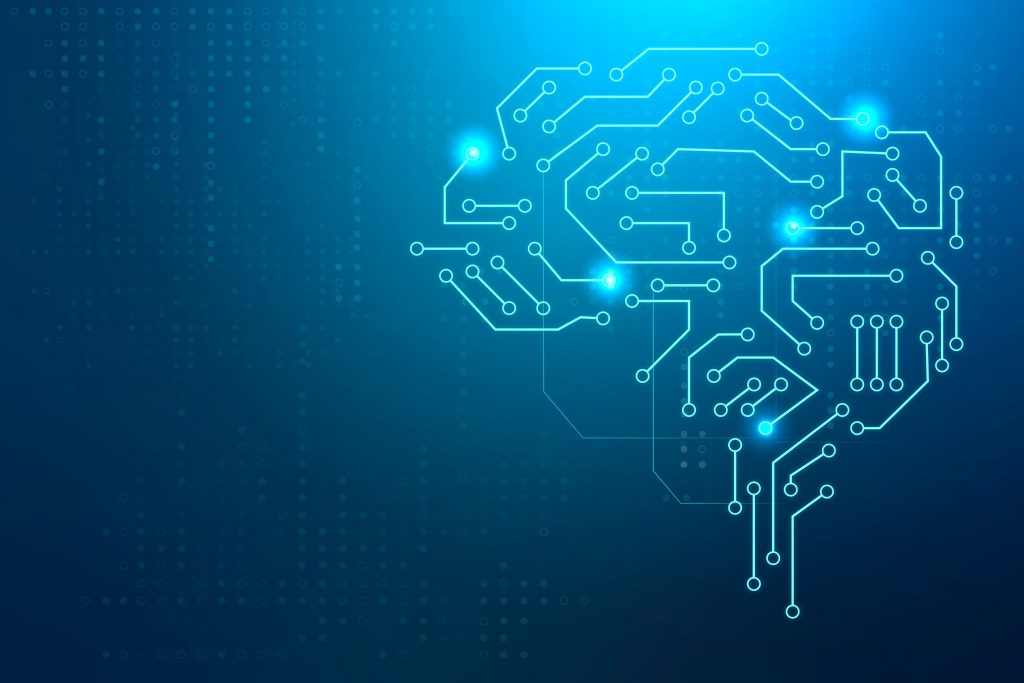
What is machine learning (ML)?
Machine learning is a subset of artificial intelligence that enables computer systems to learn and improve from experience without being explicitly programmed. It involves the development of algorithms and models that can analyze data, identify patterns, and make predictions or decisions based on the learned knowledge.
For example, say you are a pet owner and have looked up pet food on your browser. Now you will get multiple ads that are related to pets and pet food. This happens because of machine learning. The machine learning algorithm has identified a pattern in your searches, learned from it, and is now making suggestions based on it.
Key concepts and terminology

Before delving into chatbot machine learning, it’s essential to familiarize ourselves with a few key concepts and terminology. Some of the fundamental terms you’ll encounter in machine learning include:
✅Supervised Learning: A learning approach where the algorithm is trained on labeled data, with known input-output pairs, to make predictions or classifications on unseen data.
A simple example of supervised learning is spam detection. When you label a certain e-mail as spam, it can act as the labeled data that you are feeding the machine learning algorithm. It will now learn from it and categorize other similar emails as spam as well.
✅Unsupervised Learning: In this learning paradigm, the algorithm explores the data without any predefined labels, identifying patterns and grouping similar data points.
To put it simply, unsupervised learning is capable of labeling data on its own.
For example, say you feed the machine various pictures of cats and dogs, but the machine doesn’t know which animal is a cat and which one is a dog. It will analyze the features of each picture, find similarities, and create clusters or groups based on those similarities.
Now it should automatically be able to divide the pictures into 2 different groups – cats and dogs – because it analyzed that all the cat pictures have some very similar features, and all the dog pictures also have similar features that match with each other.
✅Reinforcement Learning: It involves training an algorithm through a reward-based system, where it learns to take actions that maximize cumulative rewards over time.
Reinforcement learning is based on feedback systems. You train your AI agent by providing positive and negative feedback in lieu of its actions, and it learns that the best course of action is the one from which it is getting positive feedback.
Role of machine learning in chatbot development
Machine learning plays a crucial role in chatbot development by enabling the chatbot to understand and respond to user queries effectively. By leveraging machine learning techniques, chatbots can learn from conversations and improve their responses over time, providing a more personalized and natural user experience.
These foundational capabilities have paved the way for more sophisticated applications, including AI Agents that can process information, reason through problems, and execute tasks across multiple business systems while maintaining conversational abilities.
Understanding chatbots
Definition and Types of Chatbots
Chatbots are computer programs designed to simulate human-like conversations with users. They utilize natural language processing (NLP) techniques to understand and generate responses. There are primarily two types of chatbots:
a) Rule-based chatbots: These chatbots follow predefined rules and patterns to provide responses. They are suitable for simple and specific use cases but lack the ability to handle complex queries. The following images show what a conversation with a rule-based chatbot looks like 👇

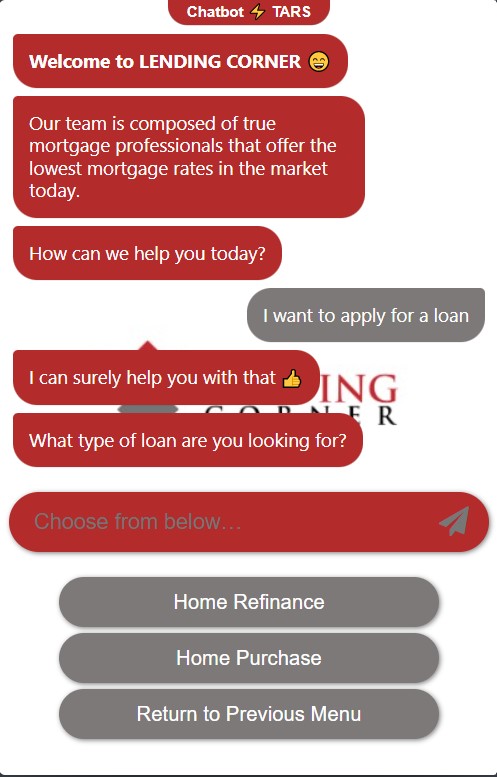
b) AI-powered Chatbots: These chatbots employ machine learning and NLP algorithms to understand and generate contextually relevant responses. They can handle more complex queries and adapt to user preferences. The following image shows how a conversation with an AI-based chatbot looks like 👇

However, with AI advancements and the landscape changing rapidly with MCP-based tooling, the latest evolution in Conversational AI, AI Agents combine conversation abilities with operational capabilities. They can autonomously perform tasks, access multiple business systems, and complete workflows while maintaining natural dialogue. Unlike traditional chatbots that primarily respond to queries, AI Agents can proactively execute business processes and integrate seamlessly with existing tools and databases.
Evolution of chatbots and their applications
Chatbots have come a long way since their inception. Initially, they were limited to scripted interactions, but advancements in machine learning and NLP have transformed them into intelligent virtual assistants.
Chatbots find applications in various industries, including:
- Customer service and support
- E-commerce and retail
- Healthcare and telemedicine
- Banking and finance
- Travel and hospitality
- Education and e-learning
As businesses demand more comprehensive automation, AI Agents are expanding these applications to include end-to-end process management.
Machine learning techniques for chatbots
NLP and its role in chatbots
NLP is a branch of artificial intelligence that focuses on enabling machines to understand and interpret human language.
NLP techniques play a vital role in processing and understanding user queries asked in natural human language. NLP helps a chatbot detect the main intent behind a human query and enables it to extract relevant information to answer that query.
Finally, the chatbot can generate contextually appropriate responses in a natural human language, all thanks to the power of NLP. Advanced applications of NLP now enable systems to maintain context across extended conversations, interpret complex instructions, and extract actionable insights from unstructured data.
Chatbot architectures and frameworks

To develop efficient and effective chatbots, various architectures and frameworks are available. Some popular ones include:
✅Retrieval-based architectures: These architectures use predefined responses based on patterns or rules. They retrieve the most appropriate response from a predefined set based on the user query.
To put it simply, imagine you have a robot friend who has a list of predefined answers for different questions. When you ask a question, your robot friend checks its list and finds the most suitable answer to give you. It’s like your friend retrieves the answer from their memory bank.
✅Generative architectures: These architectures leverage machine learning models, such as sequence-to-sequence models or transformers, to generate responses based on the input query.
To gain a better understanding of this, let’s say you have another robot friend. However, this one is a little more intelligent and good at learning new things. When you ask a question, this robot friend thinks for a moment and generates a unique answer just for you. It’s like your friend uses their brain to create an answer from scratch.
✅Hybrid architectures: Hybrid architectures combine both retrieval-based and generative approaches, aiming to achieve the benefits of both techniques.
With a hybrid infrastructure, you get the best of both worlds. Going by the same robot friend analogy, this time the robot will be able to do both – it can give you answers from a pre-defined set of information, and can also generate unique answers just for you. ChatGPT is a good example of a hybrid architecture.
Training data collection and preprocessing
When we train a chatbot, we need a lot of data to teach it how to respond. We can collect this data in different ways, like having people annotate or mark certain parts of conversations, using real conversations with customers, or using existing datasets that are available to the public. Once we have the data, we clean it up, organize it, and make it suitable for the chatbot to learn from.
Supervised and unsupervised learning approaches for chatbot training
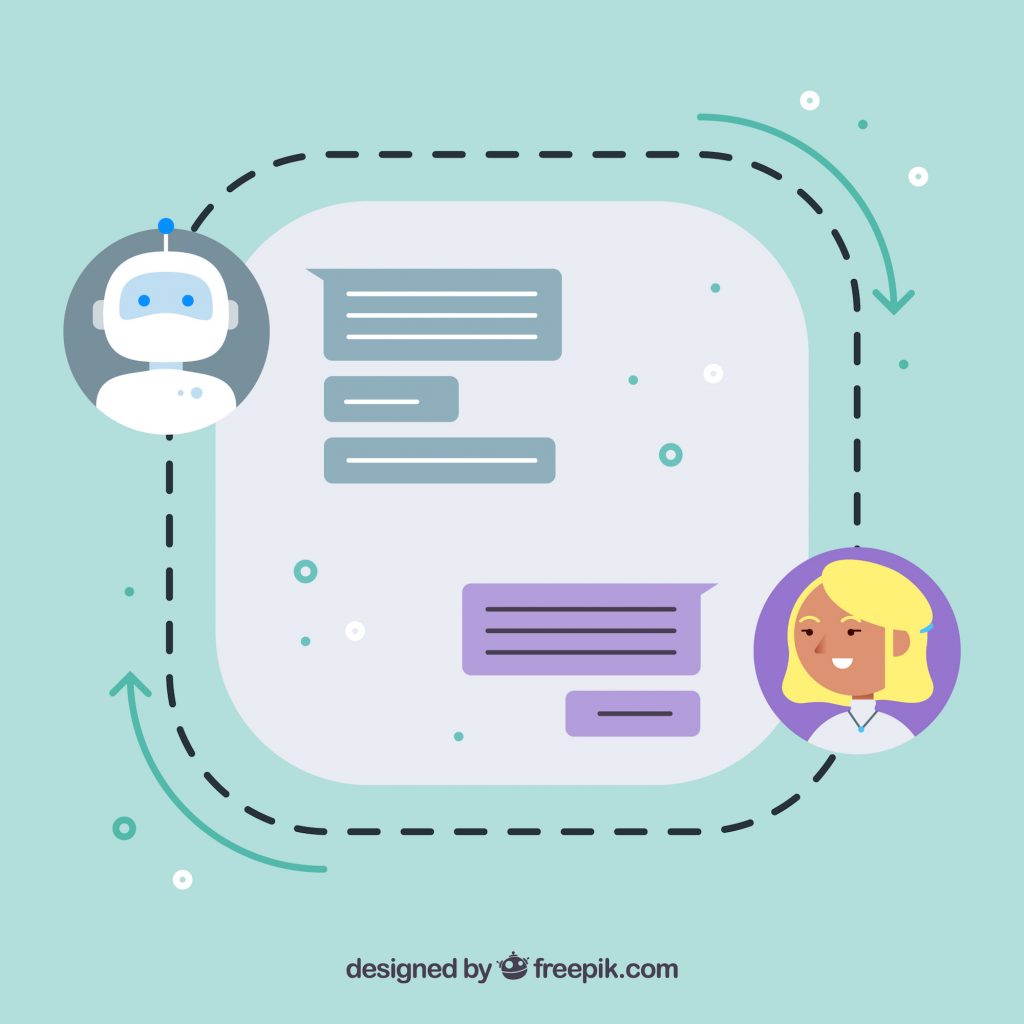
This concept is the same as the supervised and unsupervised learning that we spoke of previously in this blog post. However, this time let’s understand it in the context of a chatbot.
There are different ways we can teach a chatbot.
✅Supervised Learning: In supervised learning, we give the chatbot pairs of questions and answers that are already labeled or marked.
For example, you show the chatbot a question like, “What should I feed my new puppy?” and tell it that the correct answer is “Puppies need a balanced diet of puppy-specific dog food for their growth and development.” By giving the chatbot many labeled examples like this, it learns the right answers and becomes knowledgeable in providing accurate pet advice.
It’s like having a teacher guiding the chatbot and showing it the correct responses for different questions about pets.
✅Unsupervised Learning: In unsupervised learning, we let the chatbot learn by itself without any labeled examples. It looks for patterns in the data and tries to figure out the best way to respond. It’s like the chatbot is exploring and finding its own patterns and rules.
Imagine you have a chatbot that helps people find the best restaurants in town. In unsupervised learning, you let the chatbot explore a large dataset of customer reviews without any pre-labeled information.
The chatbot reads through thousands of reviews and starts noticing patterns. It discovers that certain restaurants receive positive reviews for their ambiance, while others are praised for their delicious food.
The chatbot learns to identify these patterns and can now recommend restaurants based on specific preferences. If you are looking for good seafood restaurants, the chatbot will suggest restaurants that serve seafood and have good reviews for it. If you want great ambiance, the chatbot will be able to suggest restaurants that have good reviews for their ambiance based on the large set of data that it has analyzed.
It’s like the chatbot is learning on its own, discovering what makes a restaurant popular by analyzing the reviews and finding its own rules for suggesting the best dining experiences.
Improving chatbot interactions with machine learning

1. Context awareness and personalization in chatbot conversations
Machine learning techniques can enhance chatbots’ ability to understand context and provide personalized responses. By considering previous interactions and user preferences, chatbots can offer more tailored and relevant recommendations or solutions. Advanced systems can maintain context across multiple sessions and integrate data from various sources to deliver increasingly personalized experiences.
2. Sentiment analysis and emotion recognition in chatbot responses
With the help of machine learning, chatbots can be trained to analyze the sentiment and emotions expressed in user queries or responses. This enables chatbots to provide empathetic and appropriate responses, enhancing the overall user experience. Agentic implementations can even trigger specific actions based on emotional context, such as adjusting communication tone through simple AI prompting itself.
3. Reinforcement learning for enhanced chatbot engagement
Reinforcement learning techniques can be employed to train chatbots to optimize their responses based on user feedback. By rewarding desirable behaviors and penalizing undesirable ones, chatbots can learn to engage users more effectively and improve their conversational skills over time.
4. Techniques for handling out-of-scope queries and unknown intent
Machine learning can assist chatbots in identifying and handling out-of-scope queries or unknown intents. By training the models to recognize patterns of queries that fall outside their domain or understanding, chatbots can gracefully handle such situations by providing appropriate responses or redirecting users to the relevant resources. With improved capabilities, Agents can access additional resources for answering or transferring to human specialists while maintaining conversation context.
Therefore, chatbot machine learning simply refers to the collaboration between chatbots and machine learning. And from what we have seen, it is quite a successful collaboration as machine learning enhances chatbot functionalities and makes them a lot more intelligent.
How to leverage the power of AI and ML for your business operations?
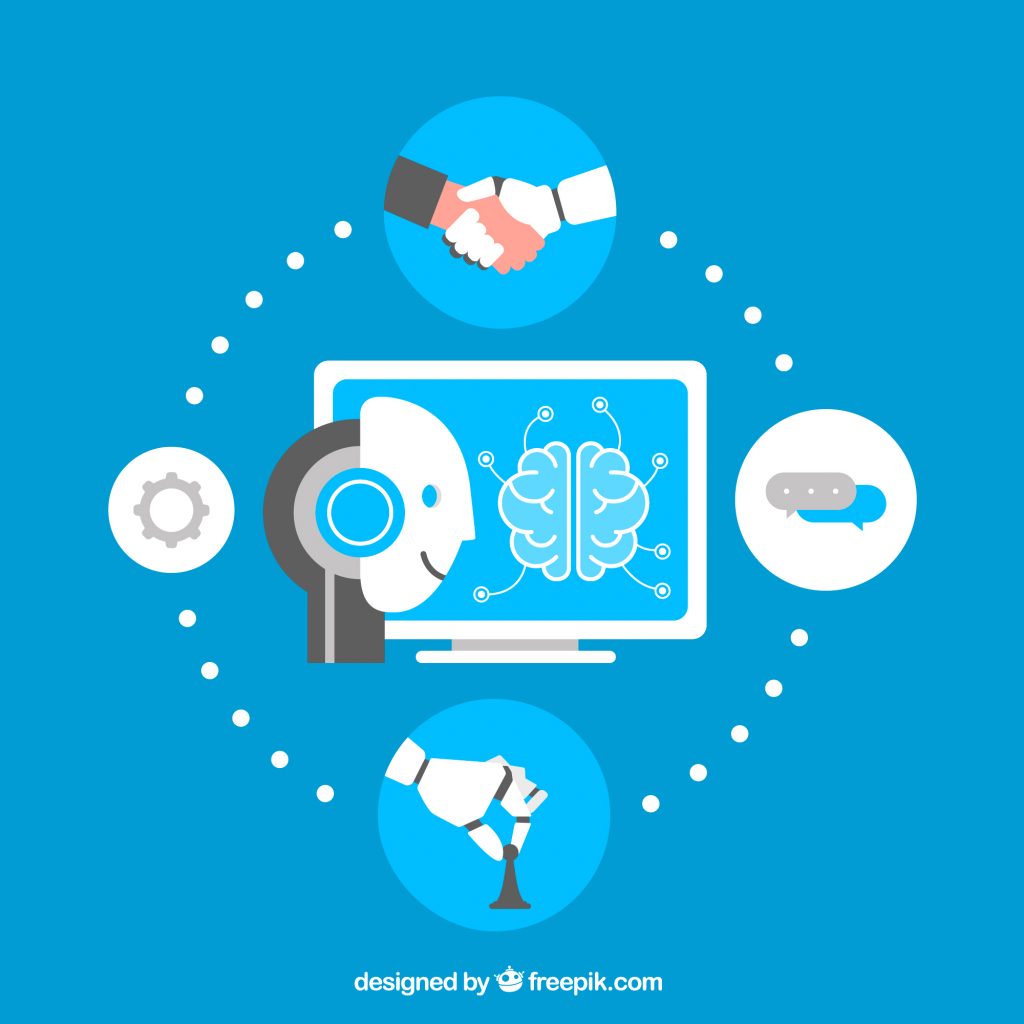
AI and ML (Machine Learning) are no longer technologies of the future. Almost any business can now leverage these technologies to revolutionize business operations and customer interactions.
How can you get started? Simply book a free demo. Our team will help you leverage these advanced technologies to meet your unique business needs.
At Tars, we believe in making these cutting-edge technologies accessible to everyone. You can access our AI Agent marketplace and start your automating journey right away!
Tars has deployed chatbot solutions for over 800 companies across numerous industries, including companies like American Express, Vodafone, Nestle, and Adobe.
I am a creative thinker and content creator who is passionate about the art of expression. I have dabbled in multiple types of content creation which has helped me explore my skills and interests. In my free time, I indulge in watching animal documentaries, trying out various cuisines, and scribbling my own thoughts. I have always had a keen interest in blogging and have two published blog accounts spanning a variety of articles.
- Fundamentals of machine learning
- What is machine learning (ML)?
- Key concepts and terminology
- Role of machine learning in chatbot development
- Understanding chatbots
- Definition and Types of Chatbots
- Evolution of chatbots and their applications
- Machine learning techniques for chatbots
- NLP and its role in chatbots
- Chatbot architectures and frameworks
- Training data collection and preprocessing
- Supervised and unsupervised learning approaches for chatbot training
- Improving chatbot interactions with machine learning
- How to leverage the power of AI and ML for your business operations?


Build innovative AI Agents that deliver results
Get started for freeRecommended Reading: Check Out Our Favorite Blog Posts!

Madrid Murder Mystery: How Spanish Can Keep You Out of Jail?
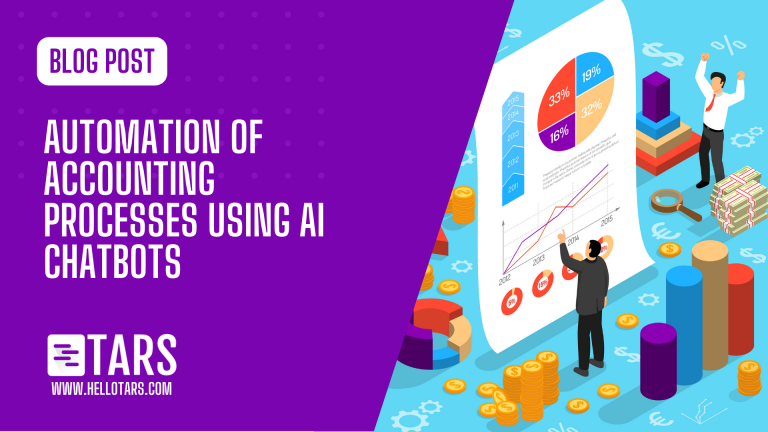
Automation of Accounting Processes Using AI Chatbots
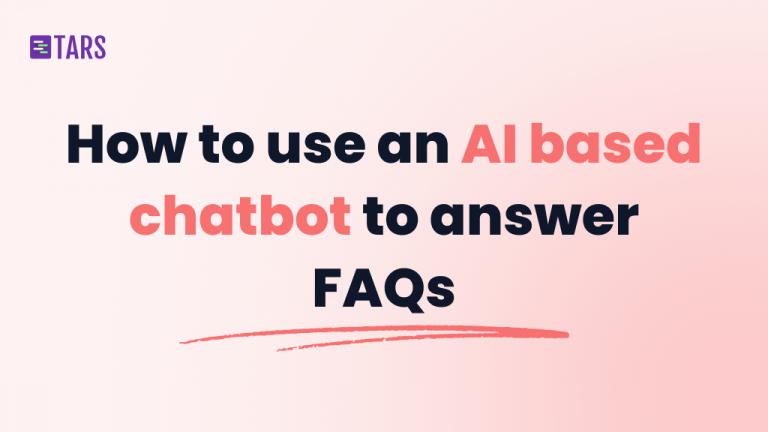
How to create and use an AI based chatbot to answer FAQs – Comprehensive guide

Our journey in a few numbers
With Tars you can build Conversational AI Agents that truly understand your needs and create intelligent conversations.
years in the conversational AI space
global brands have worked with us
customer conversations automated
countries with deployed AI Agents





